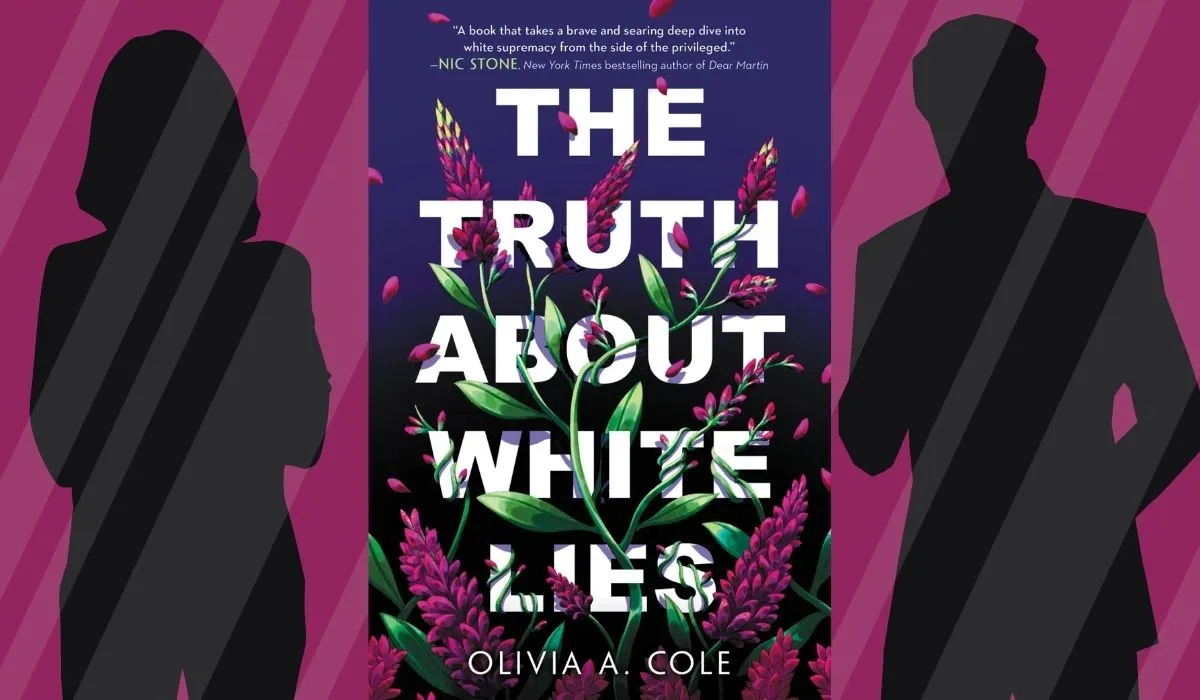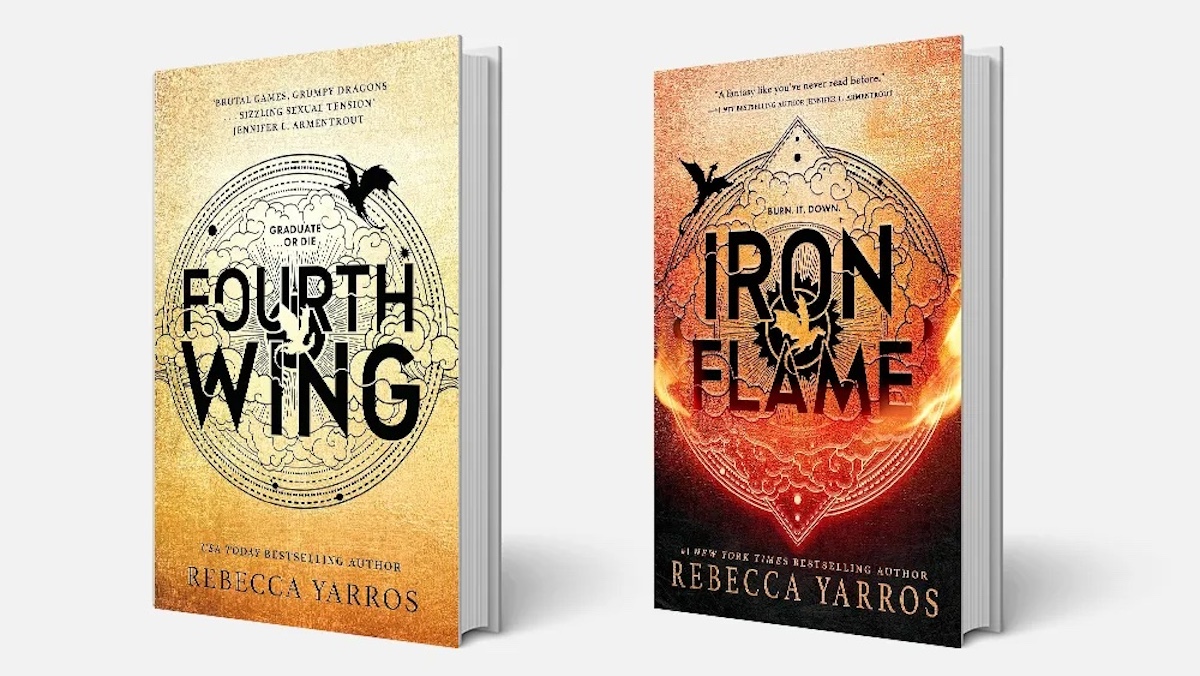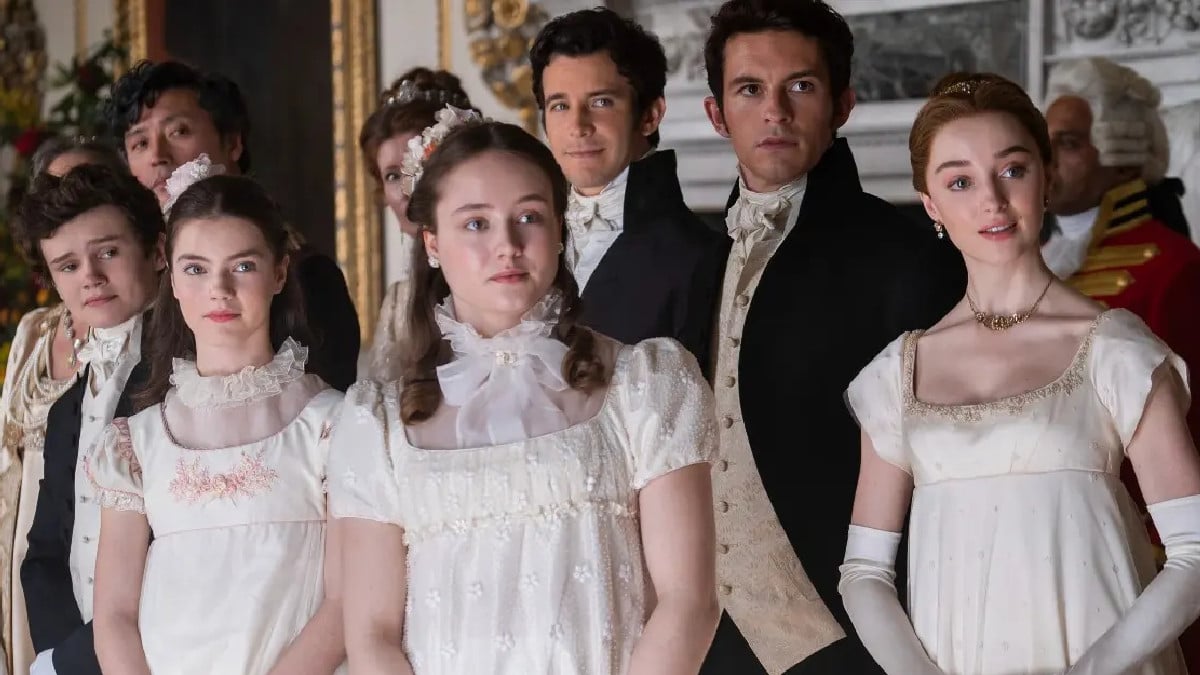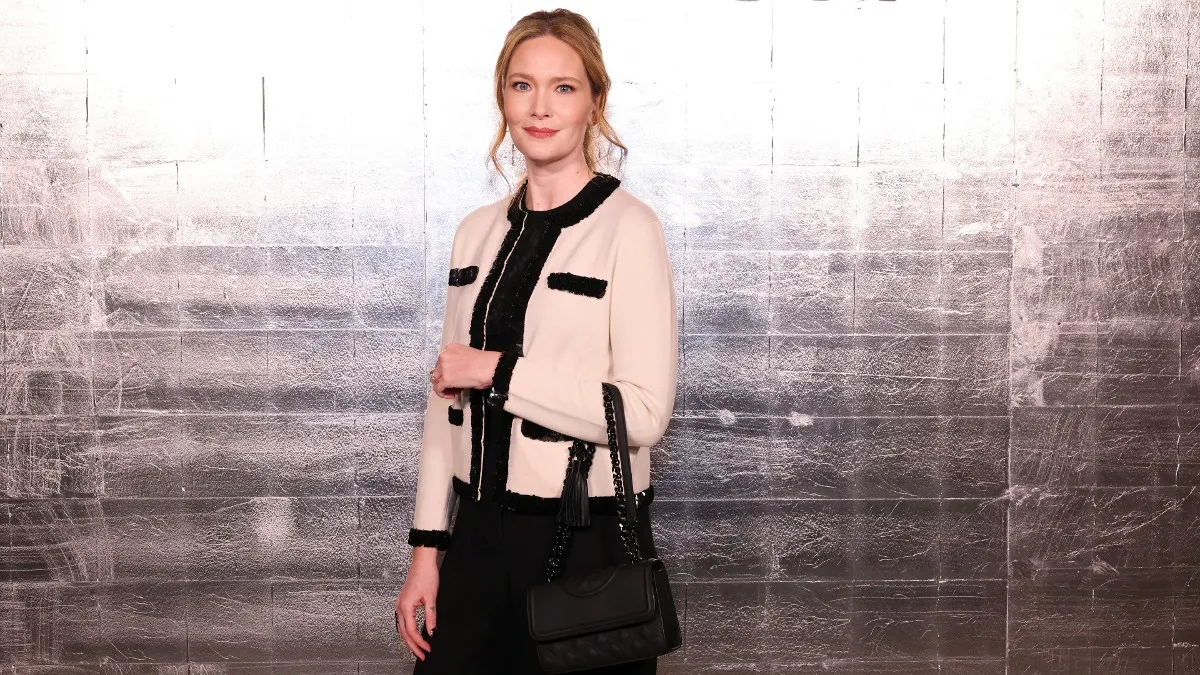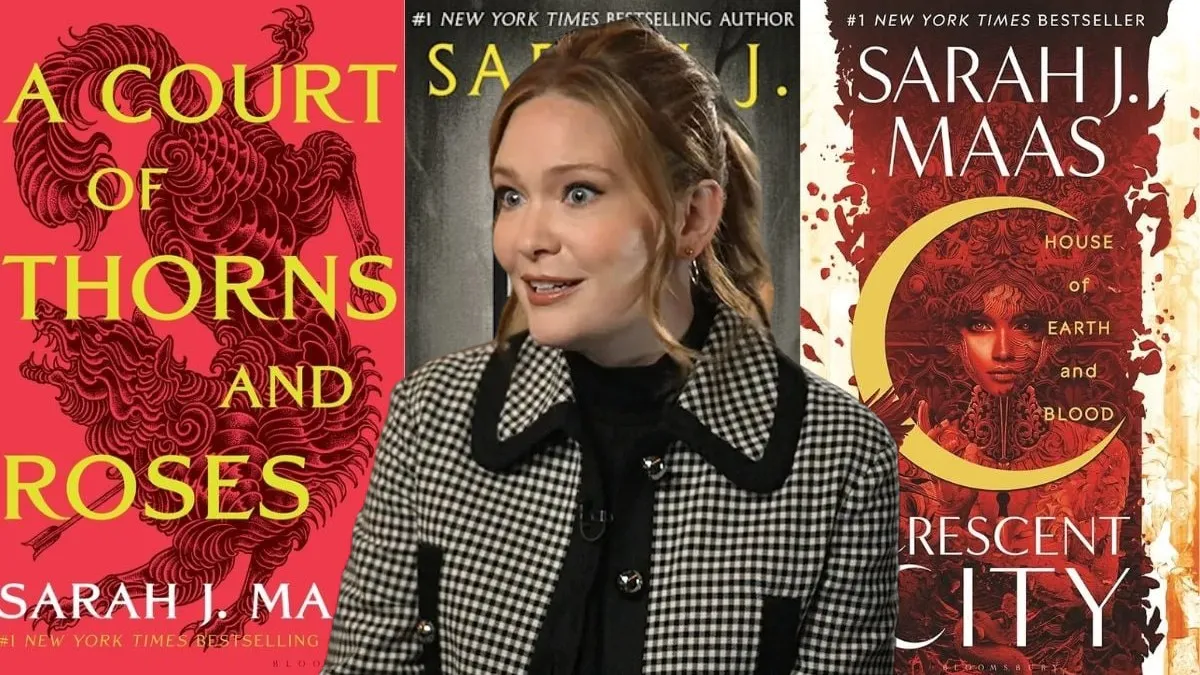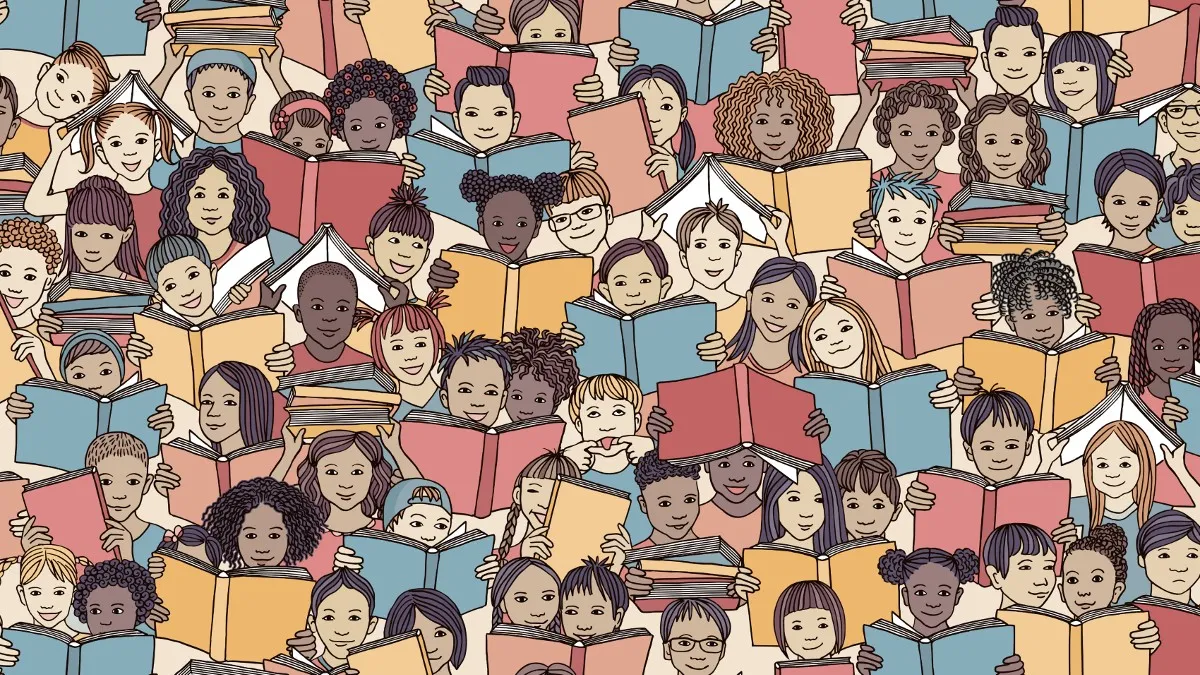There are so many reasons the early drafts of The Truth About White Lies failed. I remember the very first version, a book unrecognizable from the one out in the world right now. A white savior narrative at its core, a story that sought to validate the goodness of the white protagonist as she accompanied her Black friend through pain that didn’t affect the protagonist whatsoever. She was on a tour through racialized trauma, a bystander. She was exempt from judgment, had good intentions that she merely struggled to communicate, and nothing was her fault. As I tried and tried again, trashing draft after draft, I realized a big part of the problem: I was not only protecting my character—I was protecting myself.
Though I had set out to write a character who was grappling with her whiteness, I wasn’t writing about her whiteness—I was writing about a girl who happened to be white. She had no parents, no teachers. She made no decisions. Race was at the margin of her identity—her whiteness wasn’t personal; it was coincidental. And that gave me, the writer of that reality, permission to understand my own whiteness the same way. I wrote her as an ally-in-training—three vocabulary tests away from getting it all right. I wasn’t uncomfortable when I wrote that book—I was self-satisfied. There, I thought. I wrote about whiteness! I did it!
I had not, in fact, done it, and I sensed it every time I returned to the draft. But the more I failed, the more I began to understand that the failure took two distinct forms, found in 1) my understanding of the white protagonist as wholly innocent, and 2) my impulse to protect my own innocence.
It’s an impulse I recognize regularly in white-authored YA, which is to say, most of YA. There’s a literary tradition in America where Black and brown authors do the heavy lifting in the observation and interpretation of race and racism (including whiteness), and it’s a tradition that carries on in contemporary YA. In terms of anti-Black American racism, these are authors like Angie Thomas and Jason Reynolds. And unfortunately, when I do find white-authored YA that even approaches the topic of race, it follows the above-named impulses.
It’s a line on which white authors balance with difficulty, and when I read their carefully written lines, I can see the labor there: the attempt to write both a humble teenager and an adult white woman who read White Fragility and knows all the right parlance. I understand this impulse—even in fiction, the desire to demonstrate how much we “get it” is almost overpowering; so much so that we shoehorn all the “right” vocabulary into the mouths of the teenagers we write.
These characters are not just on the verge of allyship—they’re Super Allies. Or, conversely, the characters say nothing at all about race aside from borderline cutesy jokes about Starbucks, or self-aware passages about Affirmative Action; whiteness appearing for an instant against a momentary Black backdrop, only to disappear again when in all-white company.
When I read these books, I see the early versions of my own struggle with whiteness – with which I still struggle – pushed to the corner of the frame in an out-of-focus photograph. So many of us have yet to realize that whiteness is personal—not a momentary unpleasant odor, but as Dr. Beverly Daniels Tatum described it, “smog,” tainting every breath we breathe. Since 2018 or so, I’ve watched white peers with a certain level of bemusement as they picked up words like intersectionality and white fragility, and inevitably watched these concepts be packaged neatly into the dialogue of YA books and media. I’m reminded of Claudia Rankine’s piece in the New York Times in which she discusses asking white men on airplanes about their privilege. About a conversation with her own husband, Rankine says, “These phrases—white fragility, white defensiveness, white appropriation—have a habit of standing in for the complicated mess of a true conversation.”
I feel the same about what I witness in YA. There are the vacuous books featuring all-white casts, of which the author believes that race isn’t present in the pages since people of color aren’t, either. (They’re wrong.) Or the alternative that really brings Rankine’s words to center: books with these wise white teenagers who seem to have shed all the complicated messes of white supremacy before puberty. They are armed with scripts and all the right language. They don’t make any mistakes. They are aware of their positionality at all times. Role models for young white readers, or perfect-ally-by-proxy for white authors?
I would argue that these can’t be the only so-called role models for young white people seeking representations of what it looks like to be a white person who rejects the teachings of white supremacy. I’m a teacher of high schoolers in Kentucky, and I assure you, the white teens who have it all figured out—even with the help of TikTok and its bite-sized dissertations—are exceedingly rare, if they exist at all. In seven years of teaching, I can think of one student who even came close.
Instead, the students I teach are still clawing their way through the mess. They’re, with rare exception, still under the control of their parents or guardian and, in a state like Kentucky, still very much trying to understand the magnitude of the lies they’ve been taught at every level about history, justice, and who “deserves” punishment vs. peace. I’ve seen firsthand that book after book of either perfect white allies or oblivious racists only leaves young white people less trusting than before, more likely to cleave to what makes them comfortable, dismissing these Super Allies as either unattainable or a stereotype.
This is not to say that YA needs to rush to put out a bunch of novels with problematic white characters. No, there are plenty already, truly, though their existence is unintentional. The intent is what I’d like to see transform—the intent and the way white writers understand our whiteness. Through our characters, we explore so many other aspects of our identities—our gender, our class, who we love, our traumas—but whiteness we leave untouched, the unturned stone in all our stories. So many of us are so close! We peek under the edge but only enough to stuff the gap with myths of our own goodness and exceptionalism. We’re afraid of what will leak out if we lift the stone too high, let alone turn it over and expose to the Sun what’s underneath. By ignoring it, by leaving whiteness either invisible or a blur at the margin, we present it as a mere inconvenience to the story, to our white character’s reality, and thus bask in the power it affords us.
My work is not done. It took me years to write this book, and I’m prepared for its problems that will inevitably be brought to my attention—things I missed, errors made. There is no finish line in this work, especially because white supremacy is in a constant state of reinvention, moving its goalposts and repositioning to whom its umbrella offers shelter. I do not extend myself as an example of outcome, but rather as an example of process. This period of writing and revising has been the most difficult of my life—but I’m still here. And I believe I’ve written something important.
Untangling oneself from white supremacist culture is a long, messy process, one most teenagers have barely just begun. They need tour guides. They need us to be vulnerable. When we offer only perfection by proxy, are we shielding them—or are we shielding ourselves? Do we want them to stay clean, or are we afraid to get dirty?
—
The Truth About White Lies
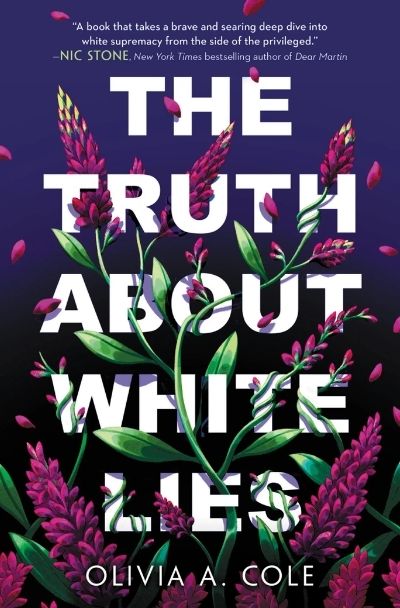
For fans of I’m Not Dying with You Tonight, this gripping YA novel digs into the historical and present-day effects of white supremacy and the depths of privilege.
Shania never thinks much about being white. But after her beloved grandmother passes, she moves to the gentrifying town of Blue Rock and is thrust into Bard, the city’s wealthiest private school. At Bard, race is both invisible and hypervisible, and Shania’s new friends are split on what they see. There’s Catherine, the school’s queen bee, who unexpectedly takes Shania under her wing. Then there’s Prescott, the golden boy who seems perfect…except for the disturbing rumors about an altercation he had with a Black student who left the school.
But Prescott isn’t the only one with secrets. As Shania grieves for the grandmother she idolized, she realizes her family roots stretch far back into Blue Rock’s history. When the truth comes to light, Shania will have to make a choice and face the violence of her silence.
The Truth About White Lies released March 8.
(image: Little, Brown Books for Young Readers and Alyssa Shotwell)
—The Mary Sue has a strict comment policy that forbids, but is not limited to, personal insults toward anyone, hate speech, and trolling.—



